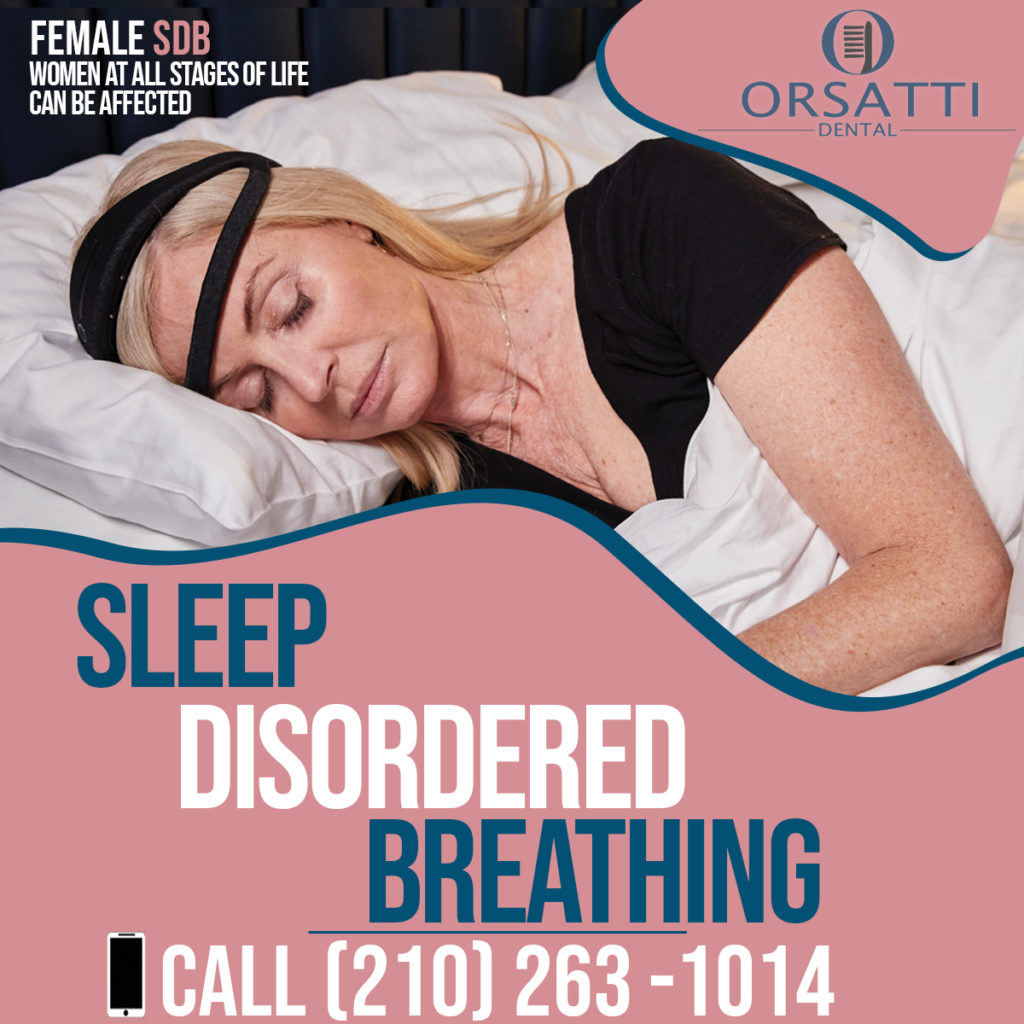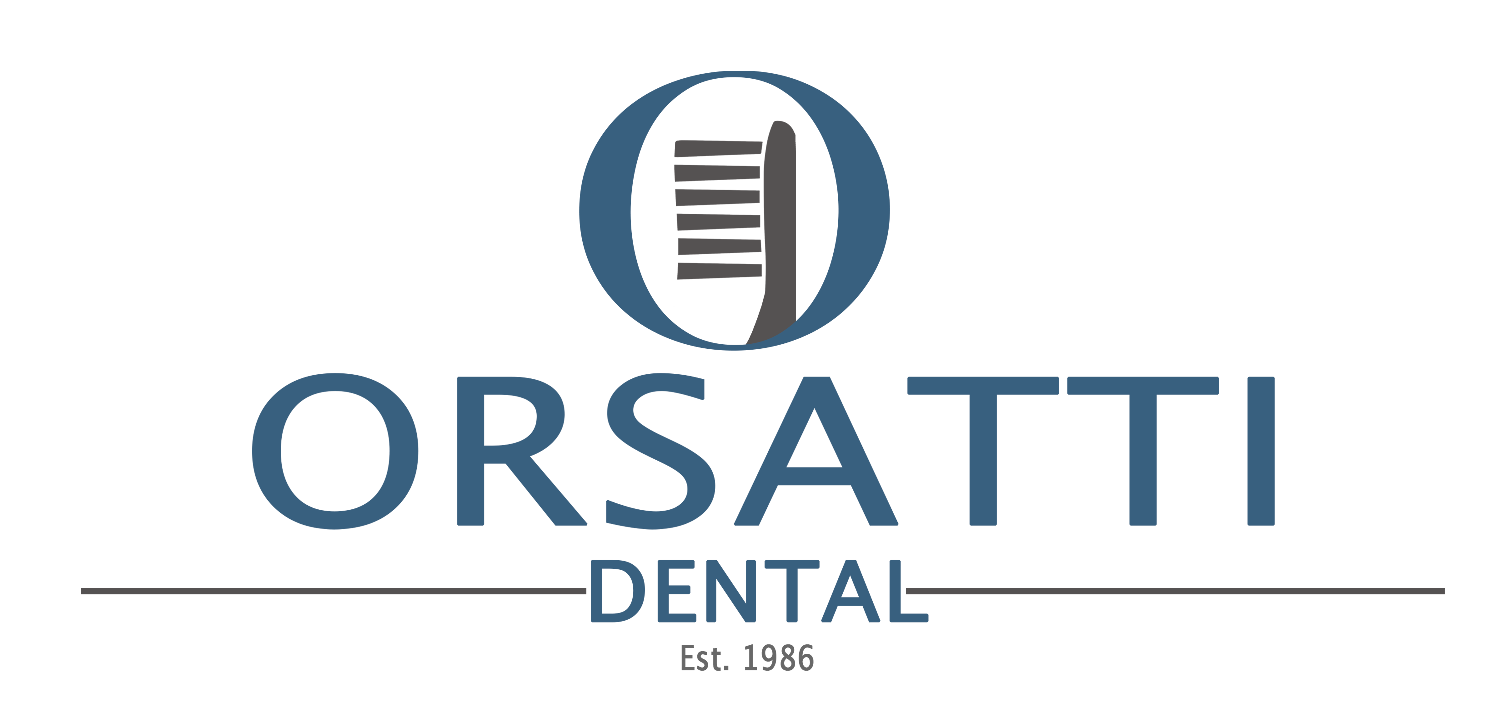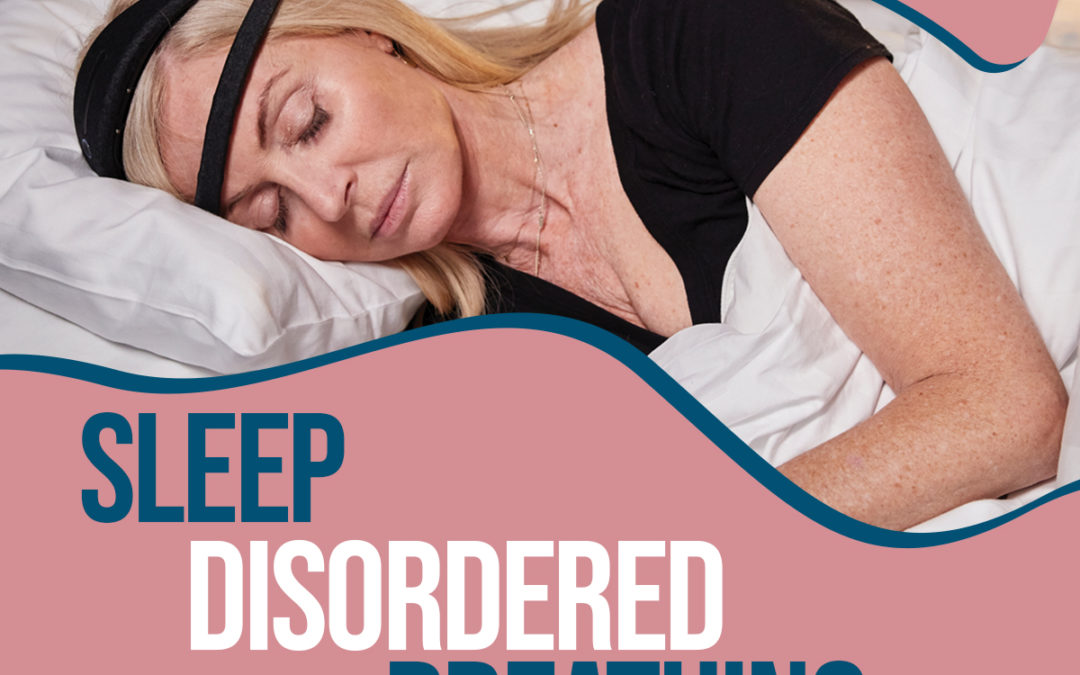Sleep Disordered Breathing in Women
Obstructive sleep apnea is known to be more prevalent in men. Sleep Disordered Breathing in women the prevalence varies throughout her life span as she goes through different stages; puberty, reproductive years, pregnancy and postmenopausal state. The disparity of prevalence within the lifespan of women and in comparison, to men is not only due to different pathophysiologic factors like upper airway anatomy, chemoreflexes, sex hormones but also due to under recognition of sleep disordered breathing in women due to atypical presentation and difference in polysomnographic phenotypes.
Please call our office to schedule a home sleep study test.
Call Us Today:
(210) 263-1014
What exactly is Sleep Disordered Breathing (SBD)?
Labored respiration during sleep cause by nasal oral airway obstruction upon falling asleep. Just like the rest of the body. the airway to relax too much and the tongue falls back with the soft tissues in the lungs, depending on the severing of the SBD problem.
Women in all stages of life can be affected.
Respiratory distress at night, no matter how severe, inflicts a great deal of damage to the cardiovascular, gastrointestinal and metabolic system, as well as a person’s emotional well-being.
Upper Airway Resistance Syndrome
Involves labored breathing and semi-obstructed upper airway. It is common in young women and is often accompanied by headaches, gastroesophageal reflux (GERD) and asthma.
What is Obstructive Sleep Apnea?
There are several types of sleep apnea, but OSA is the most common, and it occurs when the muscles in the back of the throat relax, causing the airways to narrow, sometimes even close, as you try to inhale. The lack of air leads to a lower blood oxygen level, signaling the brain to wake you up. But it’s only for a moment; usually, you don’t even realize that you’ve woken up. Sometimes the only way to recognize sleep apnea is through symptoms. Obstructive sleep apnea symptoms include:
- Loud snoring
- Waking up gasping for air
- Waking up with a headache
- Waking up with dry mouth
- Excessive daytime sleepiness and/or difficulty paying attention during the day
- Irritability
- Difficulty staying asleep
Sleep Apnea Risk Factors
Some sleep apnea risk factors include:
- Snoring
- Thicker neck circumference
- Narrowed airway
- Being middle aged or older
- Being overweight
- Smoking
- Nasal congestion
- Alcohol, sedative, tranquilizer use
- Medical conditions (congestive heart failure, high blood pressure, COPD/chronic asthma, Parkinson’s disease, polycystic ovarian syndrome, hormonal disorders, history of stroke)
- Family history
- Tranquilizer use
- Being male
Please call our office to schedule a home sleep study test.
Call Us Today:
(210) 263-1014

sleep disordered breathing in women

